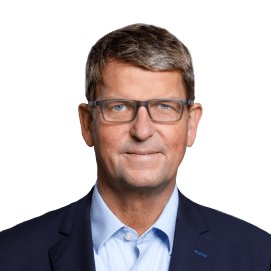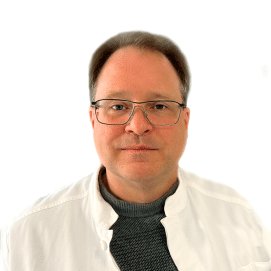Every year, about 450 inpatients and 6,000 outpatients are diagnosed and treated at the Nuclear Medicine Clinic. Since 1997, there has been a separate nuclear medicine clinic. Previously, this discipline functioned together with x-ray diagnostics and radiotherapy. In 2001, a new building for nuclear medicine was built. The doctors at the nuclear medicine clinic have more than 20 years of experience in this field. All specialists are certified by the German Society of Nuclear Medicine, have a high level of expertise and use advanced equipment to provide patients with accurate diagnosis and timely innovative treatment. The main areas of the clinic are the diagnosis and treatment of thyroid diseases, PET/CT and scintigraphic diagnostics, including heart, lung and brain, as well as radiosynoviorthesis and nuclear analgesic therapy.
Diagnostics in nuclear medicine
The full range of modern and traditional nuclear medicine methods is used for diagnosis, including immunoscintigraphy and receptor scintigraphy, myocardial, lung and brain scintigraphy, as well as positron emission tomography (PET/CT) and single photon emission computed tomography (SPECT/CT) and PET with prostate membrane-specific antigen-18F-PSMA PET/CT.
These methods are extremely important for diagnosing cancer, inflammatory and degenerative diseases, planning therapy and monitoring the effectiveness of treatment.
The clinic has one of the most modern equipment in the field of nuclear medicine: four latest generation gamma cameras, a cardiology chamber, a TECHNEGAS-Plus® generator for lung diagnostics, and in August 2018, the clinic installed the latest flow mCT PET/CT scanner with 4 -ring geometry.
Therapy in nuclear medicine
In the therapeutic department of the Nuclear Medicine Clinic, the main focus is the treatment of thyroid diseases, radiosynoviorthesis for the treatment of joint diseases, as well as nuclear analgesic therapy for skeletal metastases and ankylosing spondylitis.
The department has eight beds in bright and comfortable rooms, each of which has a small terrace. Neither the disease itself (mainly thyroid diseases) nor the treatment as a whole have a significant impact on the patient’s well-being. In this regard, the general conditions should be similar to “normal life”.
Video
Request appointment
Useful links
Photo gallery







